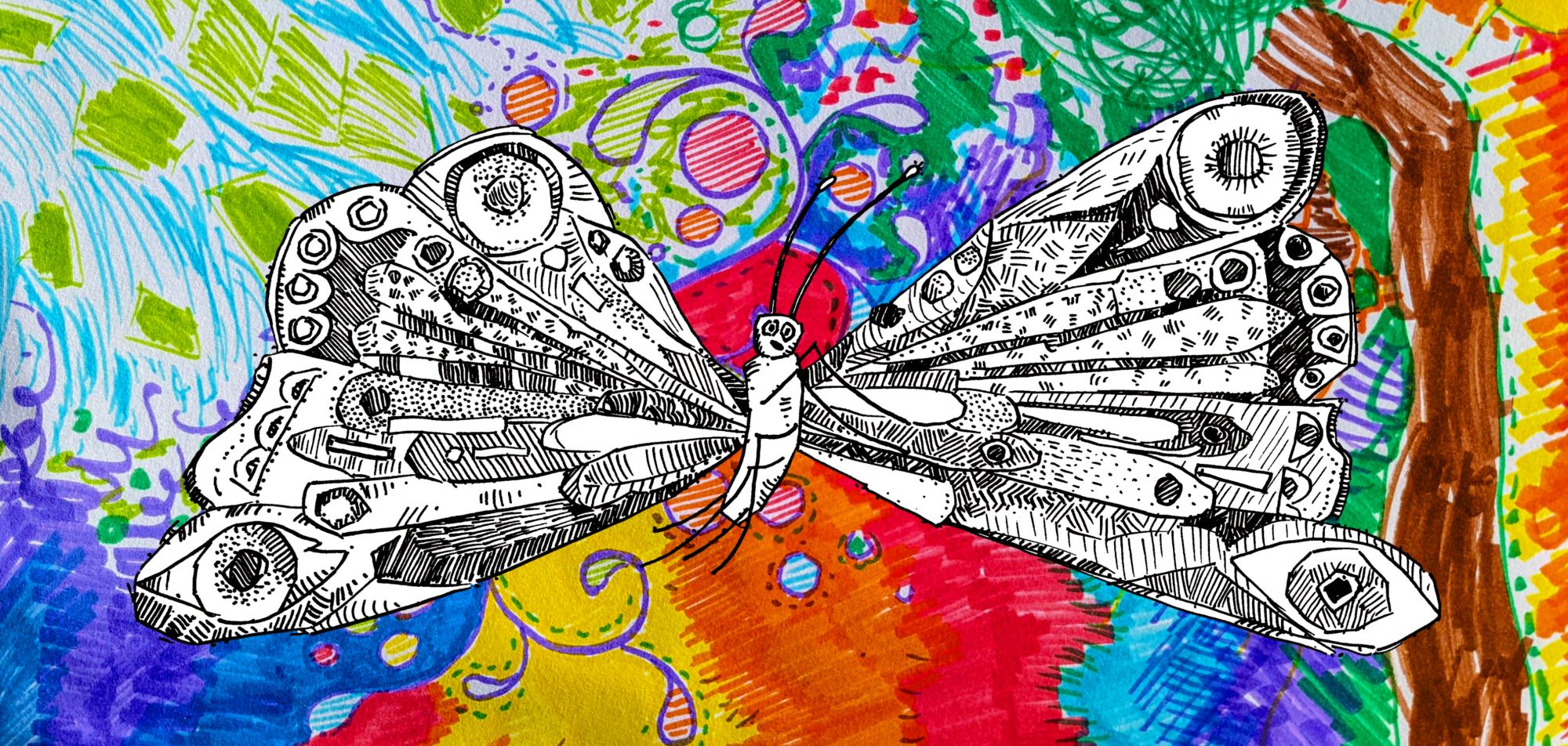#38 🤭 The STRANGEST story that you’ve definitely heard before 🎺

The average story
I’ve clocked up nearly 100,000 minutes reading stories to my children. Nearly a decade of bedtime stories. Well enough reading hours to be able to predict, within the first page or so, the style and theme of almost any kids’ book.
I regret to inform you that a great many books for kids are just the same few stories, repeated. But generally with brilliant pictures. Importantly: Children don’t mind. But as a person who’s tried (failed) to get a children’s book published, I can only wonder at the conversations that go on at the publishers each year. Perhaps something like this:
“We’ve got a pitch here to rewrite Goldilocks in a modern context,” says the editorial assistant.
“Didn’t we do steampunk Goldilocks last year?” says the editor.
“Yes, but this would be a different illustrator,” says the assistant. “This one cuts together photos of vegetables with eyes as the characters. It’s plant-based; it’s practically de rigueur.”
“Brilliant!” says the editor. “Goldilocks always sells well. People sure love those bears.”
If I was to average out the plot lines of all the kids’ stories I’ve read, distilling them down to a single, representative narrative, the resulting “ever story” plot summary would go something like this:
A bear walked into a wood, encountered something unexpected, then walked out again.
Anthropomorphic tales of bears are practically 60% of all kids’ stories (by my back-of-the-envelope estimate). It must come as a shock for children to learn about or encounter real bears in the wild. They are nothing like the tales.
